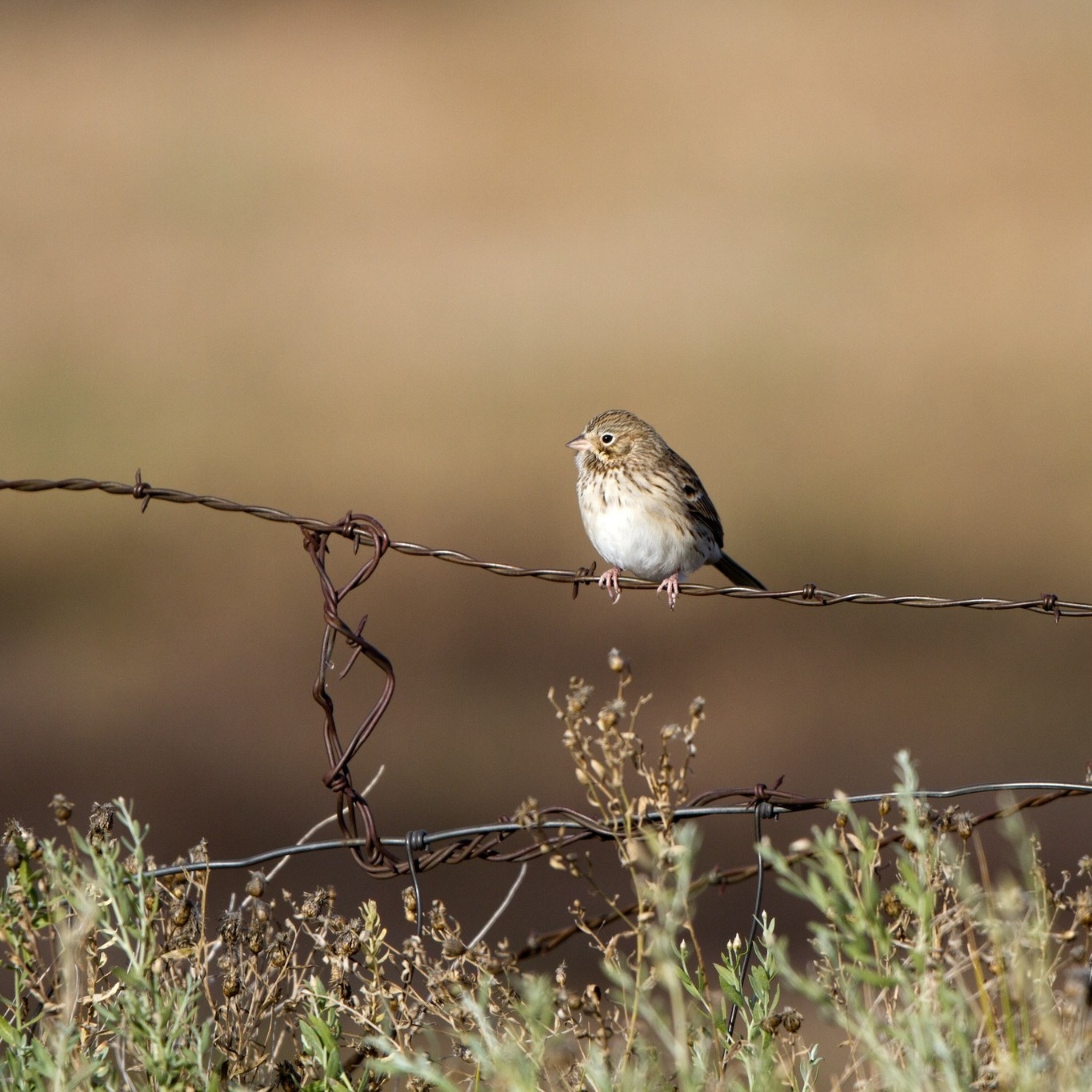- Understanding the global extent and impact of fences on wildlife.
- The concept of "fence ecology" and its significance.
- Case studies highlighting the interaction between fences and specific wildlife species.
- Potential solutions and innovations to mitigate the negative effects of fences on wildlife.
- The role of conservation efforts and policies in addressing fence-related challenges.
Strung together, the world’s fences would likely reach the sun. This staggering fact serves as a poignant reminder of the extensive human footprint on the natural world. Fences, whether for agriculture, property delineation, or national borders, have become ubiquitous. However, their presence significantly impacts the lives of wildlife, often presenting barriers that disrupt natural behaviors and ecological processes.
The field of "fence ecology" is relatively new but rapidly growing. It addresses the myriad ways in which fences impact ecosystems and wildlife. This area of study combines elements of zoology, conservation biology, and landscape ecology to better understand and mitigate the adverse effects of fences.
Fences create physical barriers that affect animal movement and migration. For instance, pronghorn antelope in the United States are known for their long-distance migrations across the plains. These journeys are crucial for accessing seasonal food sources and breeding grounds. However, fences can disrupt these natural routes, often leading to reduced access to vital resources and increased mortality as animals attempt to navigate these obstacles. This example underscores a broader trend – fences fragment habitats, isolate populations, and impede genetic flow, which can lead to long-term declines in biodiversity.
In Australia, another stark example involves the dingo fence, one of the longest barriers in the world. Erected to protect livestock from predators, the fence spans thousands of kilometers. Yet, it has significant ecological repercussions. Dingoes, as apex predators, play a vital role in maintaining the balance of ecosystems. By controlling herbivore populations, they indirectly support vegetation growth and stability. Excluding dingoes from certain areas has led to an overabundance of species like kangaroos, which in turn overgraze and degrade the habitat. This case highlights the intricate connections within ecosystems and the far-reaching consequences of modifying predator-prey dynamics through fencing.
Wildlife-vehicle collisions are another critical issue linked to fences. In many regions, roadways bordered with fences pose significant risks to animals attempting to cross. This situation is particularly dire for species like deer or elk, which can become trapped or panic when confronted with these structures, leading to accidents. Strategies to address this problem include wildlife corridors and overpasses, designed to enable safe passage.
Innovative solutions are emerging to mitigate the negative impacts of fences on wildlife. In Namibia, for instance, conservationists have developed "wildlife-friendly" fencing. This type of barrier allows smaller animals to pass through while remaining effective for livestock management. These designs often incorporate adjustable heights or materials that are less harmful to animals. The adoption of such strategies is crucial to balancing human needs with ecological health.
Fences also influence smaller creatures, such as birds and insects. For many bird species, barbed wire or electric fences can be deadly. Birds can become entangled or electrocuted, leading to severe injuries or death. Solutions include marking wires to increase visibility or designing fences that avoid the deadly components altogether. For insects, particularly pollinators like bees, fences can disrupt flight paths and habitat connectivity, impacting their ability to pollinate plants effectively.
Conservation policies play a pivotal role in addressing fence-related challenges. Effective measures often involve collaboration among governments, conservation organizations, and private landowners. For instance, legislative frameworks can incentivize the adoption of wildlife-friendly fencing practices. Environmental impact assessments prior to fence construction can also identify and mitigate potential issues before they arise.
Ecologists and researchers are increasingly focusing on the topic to develop comprehensive strategies aimed at reducing the adverse effects of fences. By studying animal behavior and movement patterns, scientists can design more effective solutions. For example, GPS tracking collars on large herbivores and predators help map migration routes, allowing for strategically placed wildlife corridors and underpasses.
The involvement of local communities is equally vital in fence ecology. Farmers and ranchers can be key partners in conservation efforts. By working together, they can develop practices that protect both livestock and wildlife. Educational programs and financial incentives can support these transitions, promoting coexistence and reducing conflict.
Photographic documentation by experts like Martha Marks and John Boland provides powerful visual evidence of the impact of fences on wildlife. Images can reveal the struggles of animals entangled in barbed wire or the barriers preventing large mammals from reaching critical habitats. These visuals play a crucial role in raising awareness and fostering public support for conservation initiatives.
In Scotland, efforts to restore natural landscapes include removing redundant fences. Projects like these aim to reconnect fragmented habitats, allowing native species to thrive once more. The elimination of unnecessary barriers not only benefits wildlife but also enhances the aesthetic and recreational value of the landscape for people.
As the field of fence ecology grows, so too does the potential for innovative and effective conservation solutions. The balance between human land use and ecological sustainability is delicate but achievable. Through informed policy-making, community engagement, and scientific research, we can mitigate the negative impacts of fences on wildlife and promote a more harmonious coexistence.
Conserving wildlife and ecosystems requires continuous effort and adaptability. As human populations expand and land use intensifies, the challenge of balancing these demands with ecological integrity becomes ever more complex. Nonetheless, the insights gained from fence ecology offer a pathway toward reconciling these needs, ensuring that both wildlife and human communities can flourish.
*****
Source Description
Strung together, the world’s fences would likely reach the sun. How do they shape the lives of the wild creatures who encounter them? More on the growing field of fence ecology @biographic_magazine: bit.ly/3WAa84T
Story by @ben.a.goldfarb. Photos by 1) Martha Marks; 2) John Boland; 3) Scotland: The Big Picture


